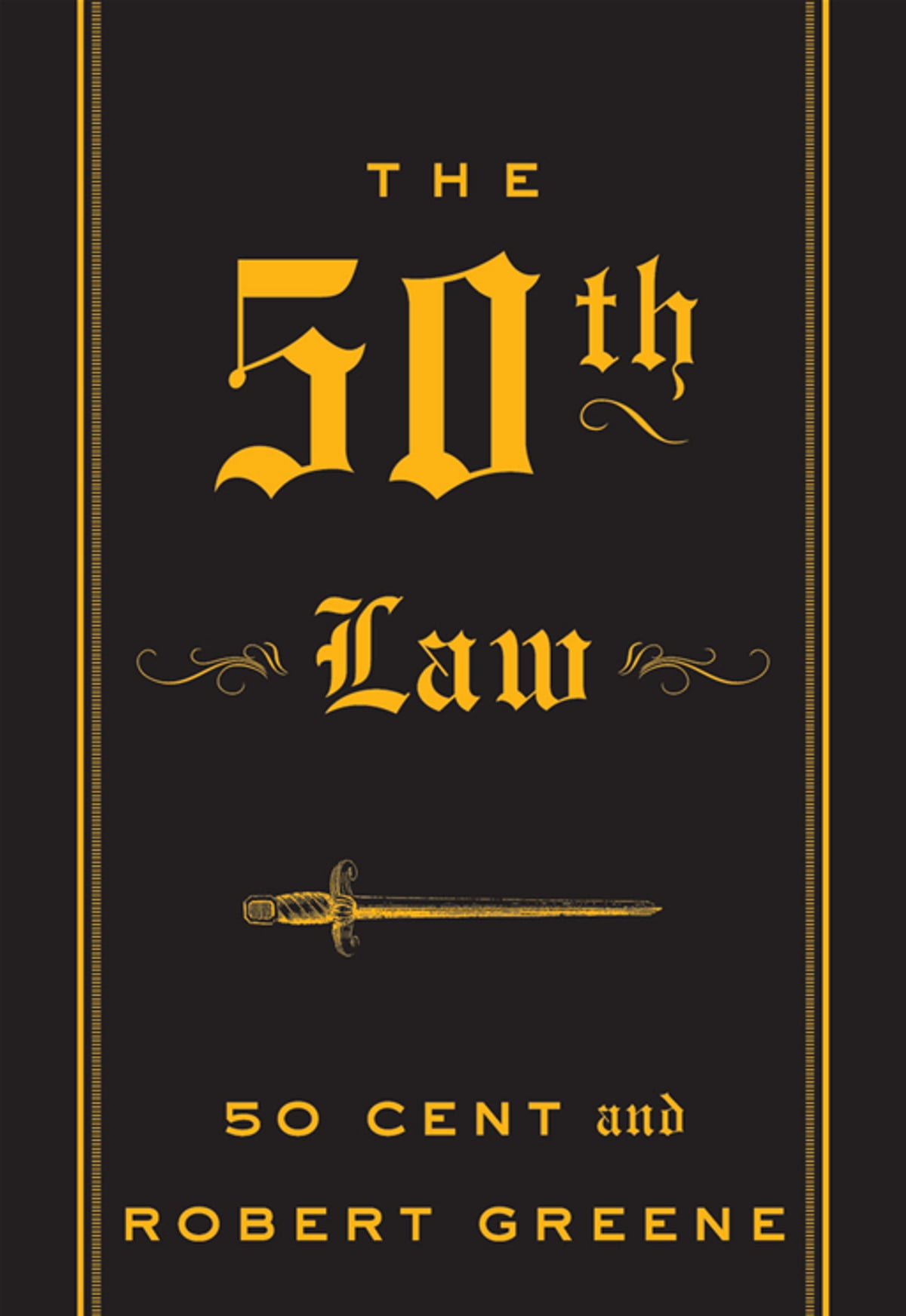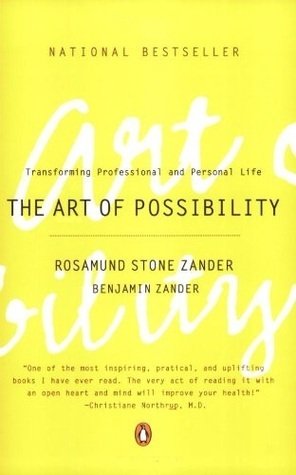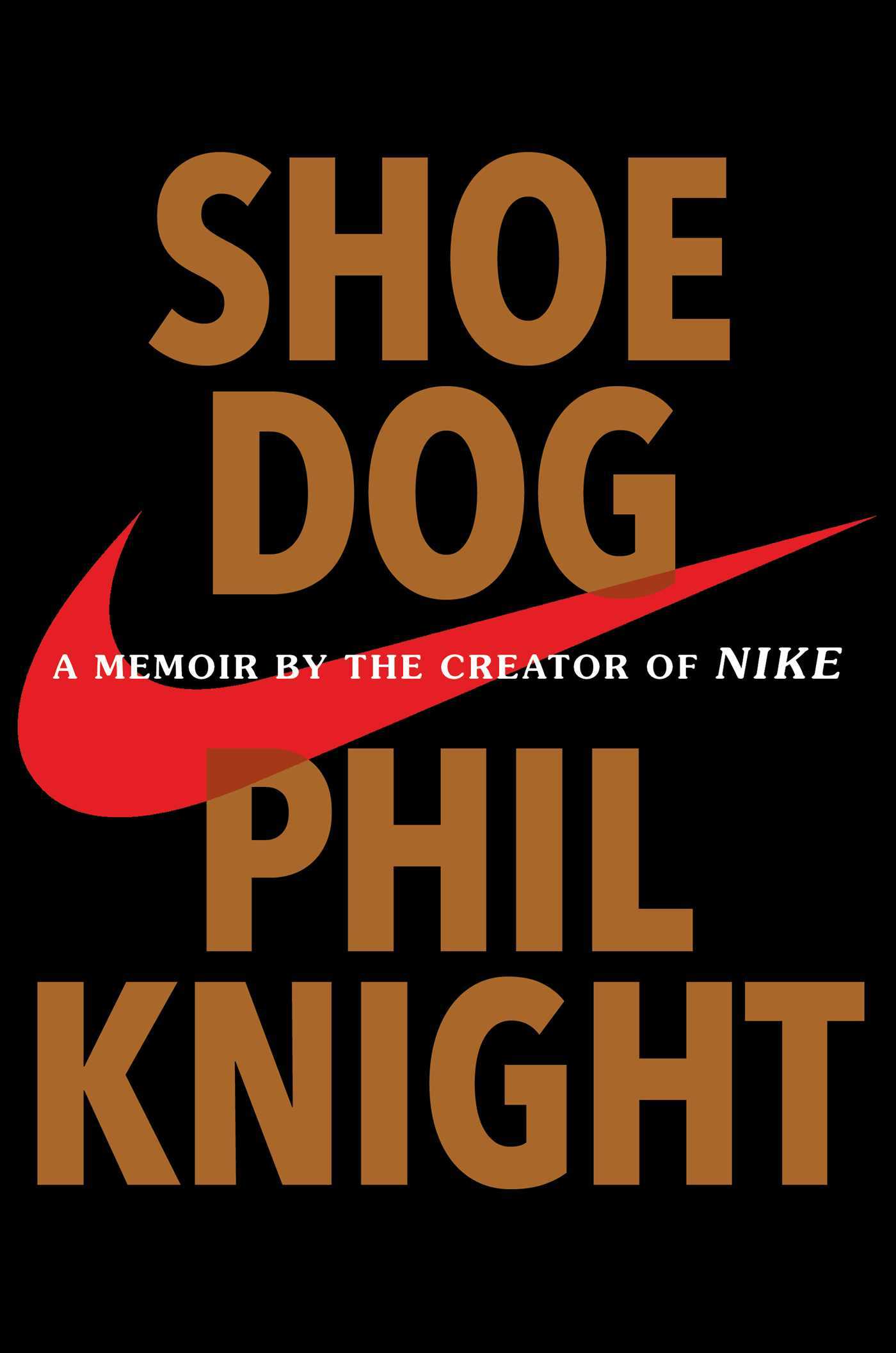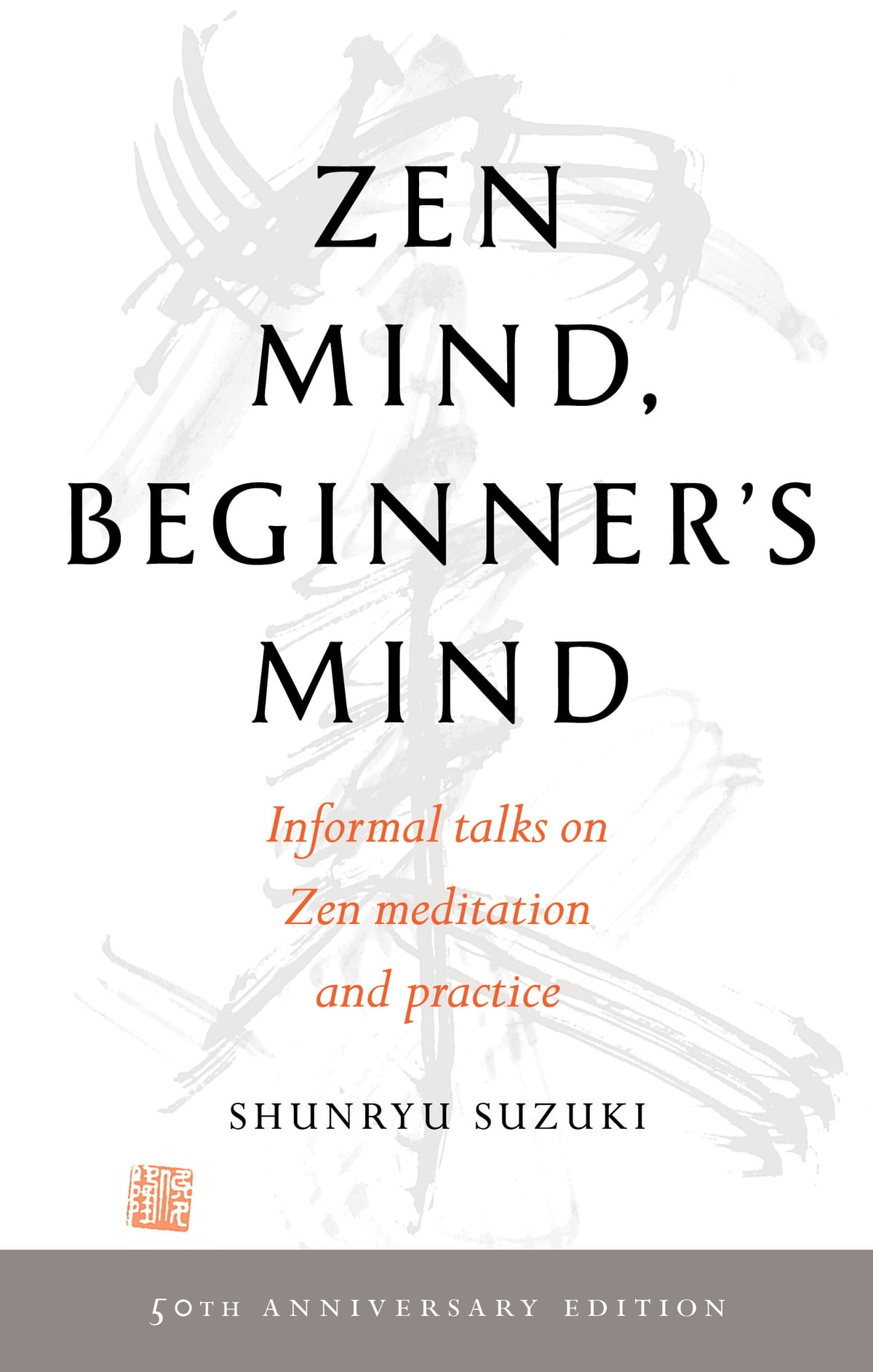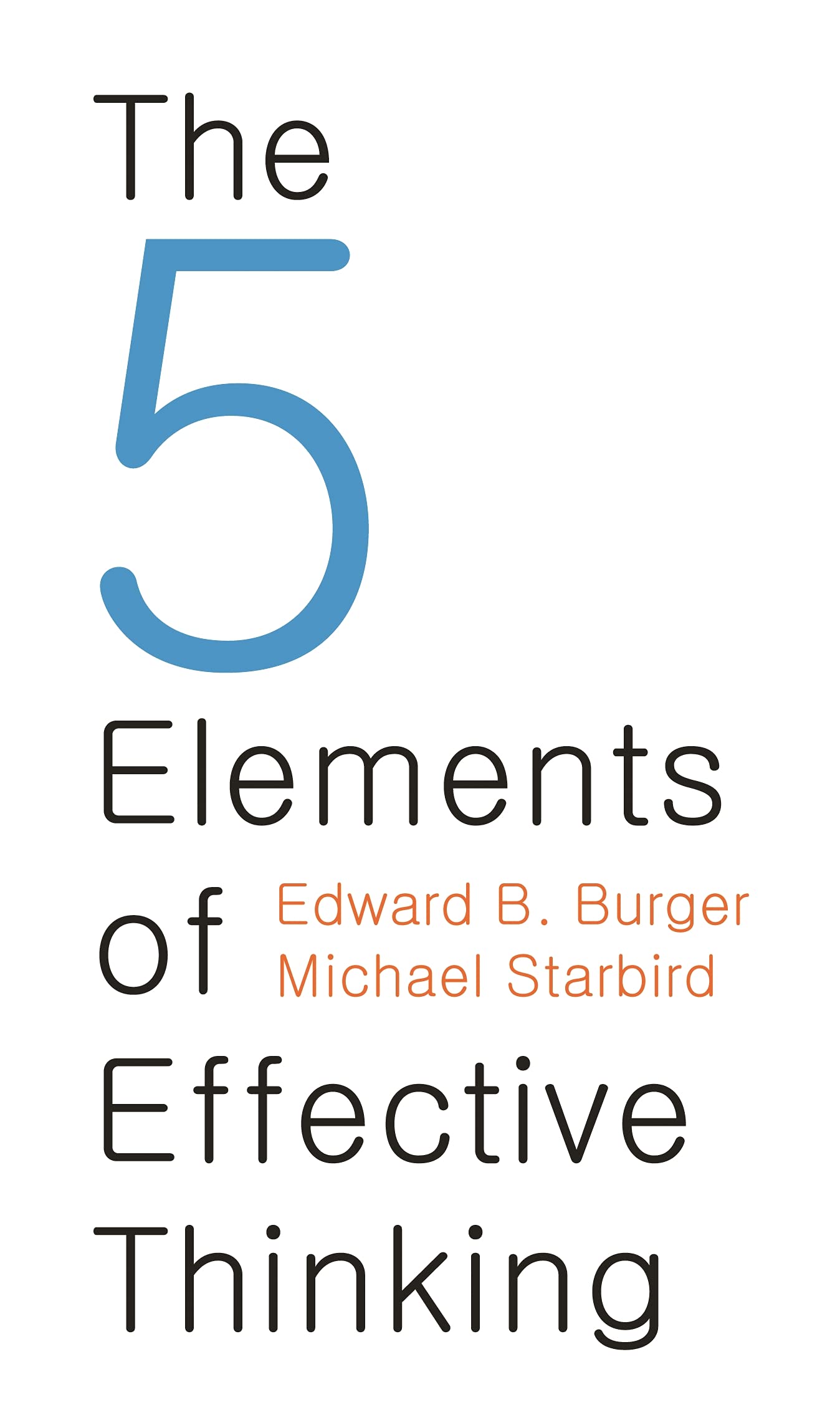Leonardo Da Vinci
by Walter Isaacson
- Personal Development
- Ashto =
- Jonesy =
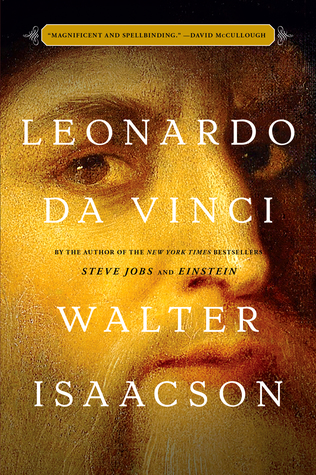
What You Will Learn from Leonardo Da Vinci
This week, Jonesy and Ashto learn to define creativity from Walter Isaacson’s Leonardo da Vinci. In this critically acclaimed biography, Isaacson writes a narrative that connects Leonardo’s brilliant artistry to his passion for science. This book illustrates how Leonardo developed his expertise based on skills we can improve in ourselves, including passionate curiosity, careful observation, and a playful imagination. Just like many other great innovators, Leonardo’s creativity was born from having wide-ranging passions, the ease of being a misfit, and a willingness to inquire about existing knowledge to acquire new knowledge.
Leonardo Da Vinci would go on to create the two most famous paintings in history, The Last Supper and the Mona Lisa. But in his own mind, he was just as much a man of science and engineering. With a passion that was both playful and obsessive, Da Vinci pursued innovative studies of anatomy, fossils, birds, the heart, flying machines, optics, botany, geology, water flows, and weaponry. That’s how Leonardo Da Vinci became the archetype of the Renaissance Man–an inspiration to all who believe that the infinite works of nature are woven together in a unity filled with marvellous patterns. His ability to combine art and science was proven by the drawing of a perfectly proportioned man spread-eagle inside a circle and square, also known as Vitruvian Man, which made him history’s most creative genius.
How Leonardo Da Vinci United Science and Art
Leonardo’s scientific explorations informed his artwork. He peeled flesh off the faces of cadavers to delineate the muscles that moved the lips, and then painted the world’s most memorable smile on The Mona Lisa. He studied human skulls, made layered drawings of the bones and teeth, and conveyed the skeletal agony of Saint Jerome in the Wilderness. He explored the mathematics of optics, learned how light rays strike the cornea, and produced magical illusions of changing visual perspectives in The Last Supper.
Leonardo Da Vinci was a genius, but even more, he was the epitome of the universal mind. The one who sought to understand all creations, including how we fit into it.
Learning from Leonardo Da Vinci
1. Be curious, relentlessly curious
‘I have no special talents,’ Einstein once wrote to a friend. ‘I am just passionately curious.’ Leonardo actually had unique talents–as did Einstein–but his distinguishing and most inspiring trait was his intense curiosity. He instructed himself to learn about the placenta of a calf, the jaw of a crocodile, the tongue of a woodpecker, the muscles of a face, the light of the moon, and the edges of shadows.
2. Seek knowledge for its own sake
Sometimes knowledge should be pursued for pure pleasure. Leonardo did not need to know how heart valves work to paint the Mona Lisa, nor did he need to figure out how fossils got to the top of mountains to produce the Virgin of the Rocks. But by allowing himself to be driven by pure curiosity, he explored more horizons and saw more connections than anyone else in his era.
3. Retain a childlike sense of wonder
At a certain point in life, most of us quit puzzling over everyday phenomena. We might savour the beauty of a blue sky, but we no longer bother to wonder why it is that colour. Leonardo retained that curiosity.
4. Observe
Leonardo’s greatest skill was his acute ability to observe things. It was the talent that empowered his curiosity, and vice versa. It was not some magical gift but a product of his own effort. For instance, when he visited the moats surrounding Sforza Castle, he looked at the four-wing dragonflies and noticed how the wing pairs alternated in motion. When he walked around town, he would observe how the facial expressions of people related to their emotions. He also discerned how light bounces off differing surfaces.
5. Start with the details
In his notebook, Leonardo shared a trick for observing something carefully: Do it in steps, starting with each detail. He noted that we can’t absorb a page of a book in one store; you need digest word by word. ‘If you wish to have a sound knowledge of the forms of objects, begin with the details of them, and do not go on to the second step until you have the first well fixed in memory.’
6. See things unseen
Leonardo’s primary activity in many of his formative years was conjuring up pageants, performances, and plays. Mixing his theatrical ingenuity with fantasy gave him combinatory creativity.
7. Go down rabbit holes
He filled the opening pages of one of his notebooks with 169 attempts to square a circle. In eight pages of his Codex Leicester, he recorded 730 findings about the flow of water. In another notebook, he listed sixty-seven words that describe different types of moving water. He measured every segment of the human body, calculated their proportional relationships, and then did the same for a horse. He did all these for the pure joy of geeking out.
8. Get distracted
The greatest rap on Leonardo was that the passionate pursuits that caused him to wander off on tangents, literally in the case of his math inquiries. Leonardo’s willingness to pursue whatever shiny subject caught his eye made his mind richer and filled with more connections.
9. Respect facts
Leonardo was a forerunner of the age of observational experiments and critical thinking. When he came up with an idea, he devised an experiment to test it. When his experience showed that a theory was flawed, he abandoned his theory and sought a new one. It has, however, become a bit less prevalent these days. If we want to be more like Leonardo, we have to be fearless about changing our minds based on new information.
10. Procrastinate
While painting The Last Supper, Leonardo would sometimes stare at the work for an hour, make one small stroke, and then leave. He told Duke Ludovico that creativity requires time for ideas to marinate and intuitions to gel. “Men of lofty genius sometimes accomplish the most when they work least,” he explained, “for their minds are occupied with their ideas and the perfection of their conceptions, to which they afterwards give form.” Most of us don’t need the advice to procrastinate; we do it naturally. But procrastinating like Leonardo requires work; it involves gathering all the possible facts and ideas, and allowing the collection to simmer.
11. Let perfection be the enemy of the good
When Leonardo couldn’t make the perspective in the Battle of Anghiari or the interaction in the Adoration of the Magi work perfectly, he abandoned them rather than produce a piece that was merely good enough. He carried around masterpieces such as Saint Anne and the Mona Lisa to the end, knowing there would always be a new stroke he could add. Likewise, Steve Jobs was such a perfectionist that he held up shipping the original Macintosh until his team could make the circuit boards inside look beautiful, even though no one would ever see them. Both he and Leonardo knew that real artists care about the beauty even of the unseen parts. However, there are times where you ought to deliver a product even when there are still improvements that could be made. But there are times when it’s recommended to be like Leonardo and not let go of something until it’s perfect.
12. Think visually
Leonardo was not blessed with the ability to formulate math equations or abstractions. He had to visualize them, which he did with his studies of proportions, his rules of perspective, his method for calculating reflections from concave mirrors, and his ways of changing one shape into another of the same size. Too often, when we learn a formula or a rule—even one so simple as the method for multiplying numbers or mixing a paint colour—we no longer visualize how it works. As a result, we lose our appreciation for the underlying beauty of nature’s laws.
13. Avoid silos
Leonardo had a free-range mind that merrily wandered across all the disciplines of the arts, sciences, engineering, and humanities. His knowledge of how light strikes the retina helped inform the perspective in The Last Supper, and on a page of anatomical drawings depicting the dissection of lips, he drew the smile that would reappear in the Mona Lisa. He knew that art was science and that science was art. Whether he was drawing a fetus in the womb or the swirls of a deluge, he blurred the distinction between the two.
14. Let your reach exceed your grasp
Imagine, as he did, how you would build a human-powered flying machine or divert a river. Have you ever thought of devising a perpetual-motion machine or squaring a circle using only a ruler and a compass. There are some problems we will never solve, and it’s important to learn why.
15. Indulge fantasy
His giant crossbow? The turtle-like tanks? His plan for an ideal city? The man-powered mechanisms to flap a flying machine? Just as Leonardo blurred the lines between science and art, he did so between reality and fantasy. It may not have produced flying machines, but it allowed his imagination to soar.
16. Create for yourself, not just for patrons
No matter how hard the rich and powerful Marchesa Isabella d’Este begged, Leonardo would not paint her portrait. But he began a portrait of a silk merchant’s wife named Lisa. He did it because he wanted to, and he kept working on it for the rest of his life.
17. Collaborate
Genius is often considered the purview of loners who retreat to their garrets and are struck by creative lightning. But there’s usually more to the story. The Vitruvian Man was produced after sharing ideas and sketches with friends. Leonardo’s best anatomy studies came when he partnered with Marcantonio Della Torre. And his most fun work came from collaborations on theatrical productions and evening entertainments at the Sforza court. Genius work starts with individual brilliance–it requires a singular vision but the execution entails working with others. Innovation is a team sport, and creativity is a collaborative endeavour.
18. Make lists
Create lists, and be sure to put odd things on them. Leonardo’s to-do lists may have been the greatest testaments to pure curiosity the world has ever seen.
19. Take notes on paper
Even 500 years later, Leonardo’s notebooks continue to astonish and inspire us. Hopefully, years from now, our notebooks (if we work up the initiative to start writing them) will be around to astonish and inspire our grandchildren.
20. Be open to the mystery
Not everything needs sharp lines.




